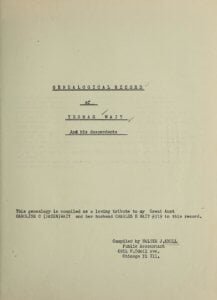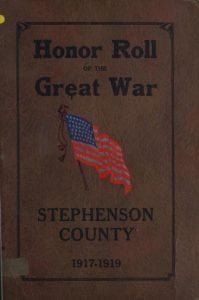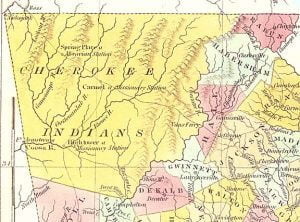Randolph County NC Tales
The stories in this book are some of the stories that were told a long time ago. Some are about people who have acted bravely in the face of danger and have become heroes. Some are about places in the county that are like no other places in the state. Some are stories that have been invented just for fun. All of the stories have one thing in common — they are unique to Randolph County.










